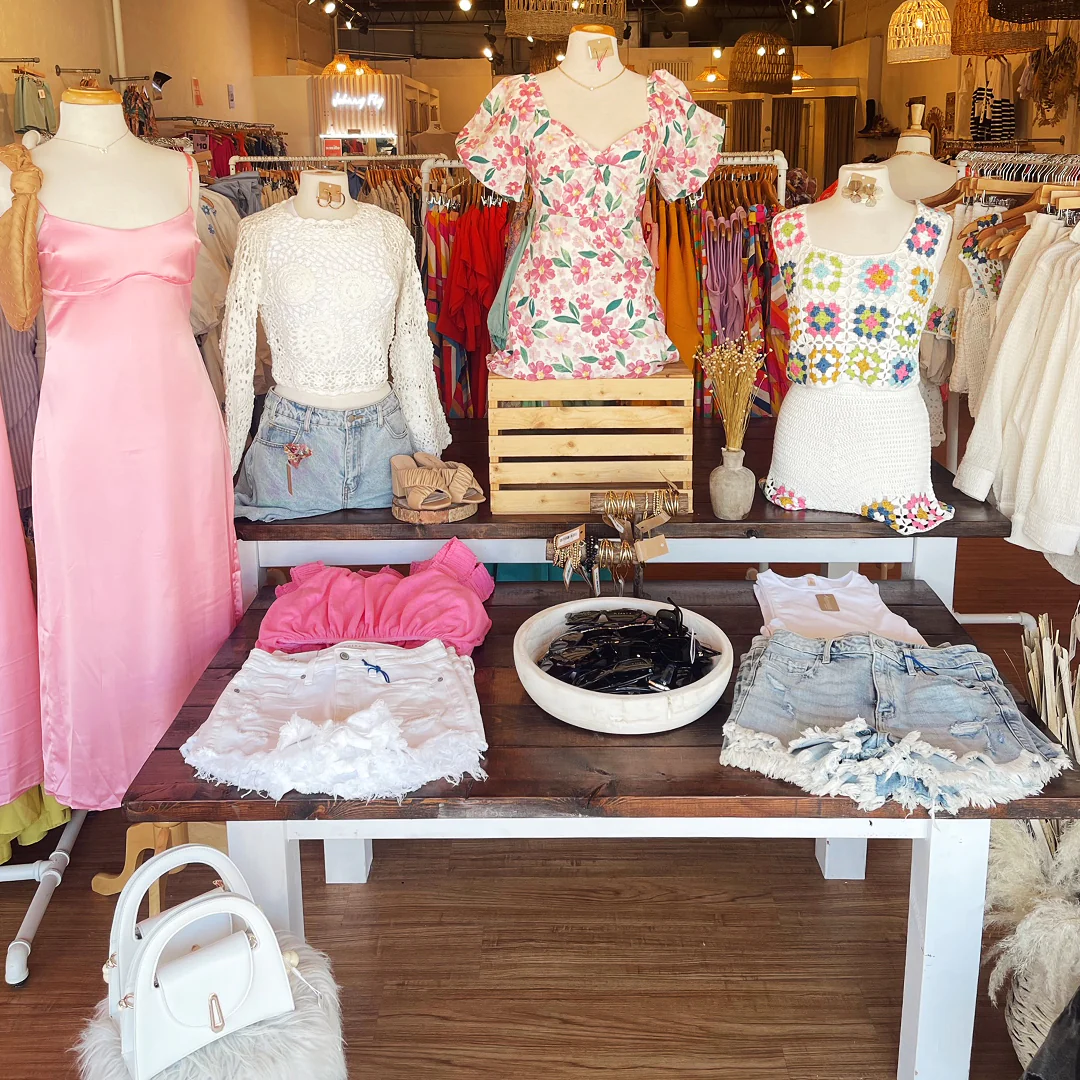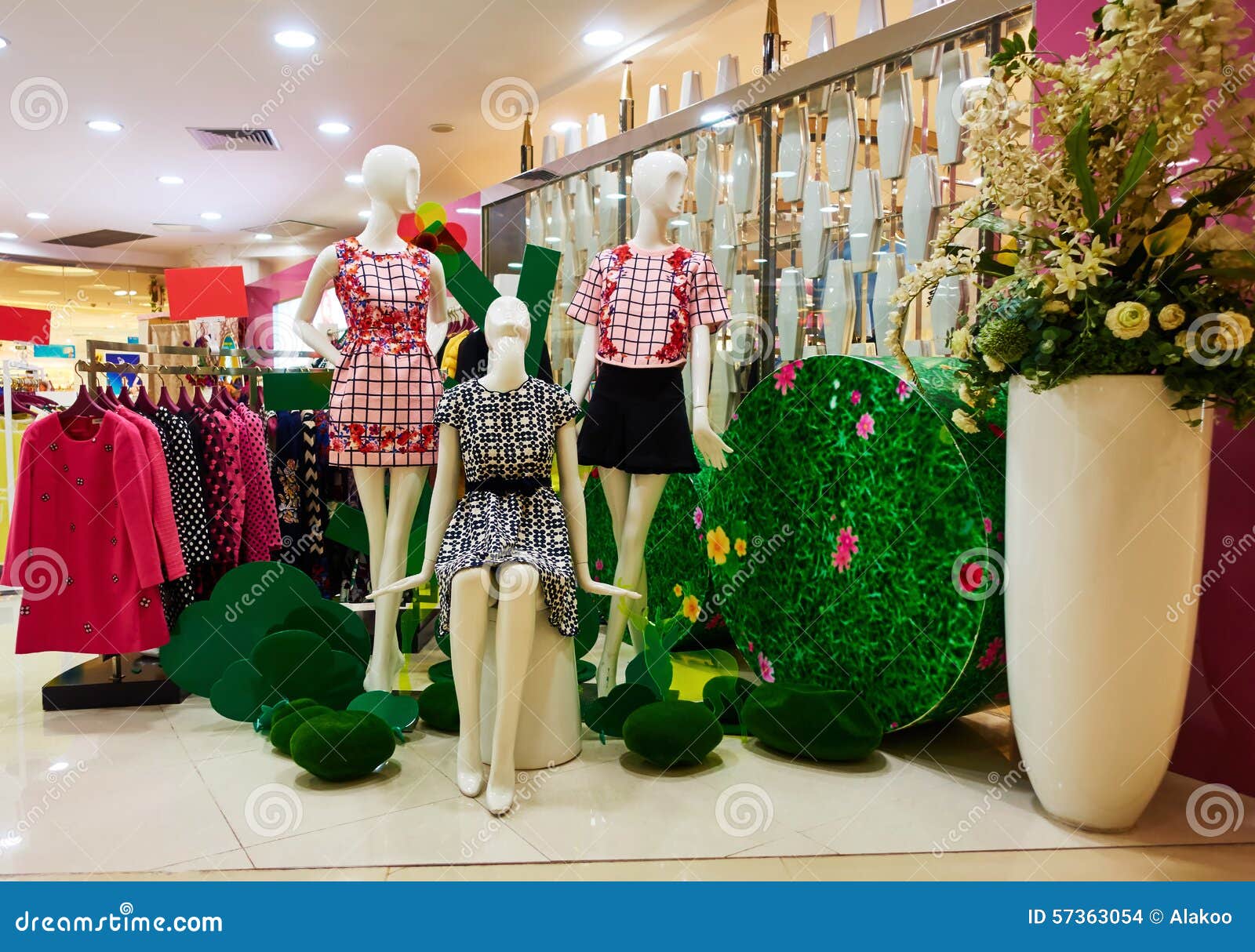Introducing the Keys Behind Budget-friendly Boutique Fashion
Wiki Article
A Deep Study the World of High-Fashion Runways: Recognizing Apparel as Art
High-fashion paths have arised as arenas where garments transcends its practical beginnings, evolving into an advanced kind of imaginative expression. Developers, just like masterful artists, weave intricate stories via form, shade, and fabric, redefining and challenging conventional norms charm requirements. These shows are much more than mere displays; they are immersive experiences, where every stitch and seam narrates rich with social value and avant-garde development. As we explore these sartorial spectacles, we must consider: what function does fashion play in shaping societal values, and exactly how does it mirror the ever-changing tapestry of human feeling and identity?The Advancement of Runway Reveals
The trajectory of runway shows has transformed significantly over the years, developing from special industry occasions to fascinating spectacles that mix fashion with art. Commonly, runway programs were intimate affairs, kept in ateliers or small places, mainly participated in by purchasers and sector insiders. These very early presentations concentrated on the garments' craftsmanship and industrial stability, providing a direct and practical display of seasonal collections.As the apparel industry increased, the nature of runway programs started to transform. The 1970s and 1980s marked a turning point, with designers seeking to distinguish themselves with even more staged discussions. This era saw the increase of intricate sets, choreographed designs, and thematic stories, declaring a brand-new age where the path became an experiential system. The programs changed right into a kind of storytelling, where each collection conveyed a distinctive narrative or idea.
Over the last few years, innovation and social media have even more transformed runway shows, making them available to a worldwide audience. Livestreaming and electronic systems have actually equalized fashion, permitting fanatics worldwide to witness these occasions in real-time (boutique fashion). This advancement reflects a wider cultural shift, where high-fashion runways act as a dynamic junction of design, efficiency, and advancement
Designers as Dreamer Artists
Designers in the high-fashion sector have blurred the lines in between practical garment creation and the conceptual world of art. By accepting imaginative self-controls such as sculpture, paint, and progressive installations, designers craft garments that test conventional fashion standards and boost them to art types.Visionary designers attract motivation from a myriad of resources, including abstract art, historical recommendations, and individual narratives. They have a special capacity to picture and emerge concepts that press the boundaries of conventional style, typically redefining visual standards while doing so. This innovative resourcefulness is showcased through dramatic shapes, innovative materials, and complex workmanship, which invite visitors to experience style as more than just wearable items.
In addition, the runway offers as a canvas for these artists, where illumination, songs, and established design coalesce to produce immersive experiences. These discussions are not simply displays of apparel however are orchestrated performances that evoke emotion and prompt thought, attesting the developer's duty as a true musician in the modern cultural landscape.
Social Impacts in Style
Cultural tapestry weaves its detailed patterns right into the material of fashion, influencing developers internationally. The dynamic interchange of cultural tales, practices, and signs notifies and inspires collections that poise high-fashion paths.The impact of culture on style is commonly seen in the reinterpretation of conventional read this garments and patterns. The use of Japanese kimonos, Indian saris, or African prints in modern fashion reflects a blend of cultural credibility and contemporary looks. Developers such as Valentino's Pierpaolo Piccioli and Alexander McQueen's Sarah Burton have been recognized to incorporate abundant social concepts right into their couture collections, equating background into wearable art.

Innovation in Textile and Layout
Advancement in material and design continually improves the landscape of high-fashion, pressing boundaries and redefining possibilities. In the last few years, technological improvements have dramatically added to this advancement, introducing materials that test traditional understandings. Textiles ingrained with smart fibers, efficient in altering color or regulating temperature, are no much longer restricted to the world of science fiction. Developers are increasingly checking out the integration of technology, such as 3D printing, which permits the production of complex frameworks that were previously unbelievable.Additionally, sustainability has become a crucial motif in material development. The fashion business is witnessing a surge in the usage of eco-friendly products, derived from recycled plastics, organic fibers, and also eco-friendly parts. These innovations not only supply new appearances and aesthetic appeals but also address critical ecological issues. Developers are embracing these materials to craft garments that are both aesthetically striking and conscious of their eco-friendly impact.
In regards to design, speculative kinds and avant-garde silhouettes are constantly changing the runway. By integrating cutting-edge techniques and non-traditional materials, designers grow garments that obscure the line in between style and art, establishing brand-new click here for info standards for imagination and expression in the high-fashion ball.
Effect of Style on Society
Fashion wields an extensive influence on culture, acting as both a representation of social identification and a driver for social modification. Via its advancement, fashion has mirrored societal shifts, encapsulating the zeitgeist of different ages. The flapper gowns of the 1920s symbolized a newfound sense of women's freedom, while the strong prints of the 1960s echoed the innovative spirit of the time. High-fashion runways, in certain, work as systems for tough norms and redefining elegance criteria. Developers use these locations to address pushing social problems, from sustainability to diversity, therefore shaping public discourse.Furthermore, style has the power to bridge social gaps, fostering understanding and admiration amongst diverse teams. As globalisation speeds up, the cross-cultural exchange of style concepts ends up being progressively considerable, advertising inclusivity and diversity. The rise of streetwear, originating from metropolitan subcultures, illustrates exactly how fashion can transcend socio-economic limits, giving people a Web Site method of self-expression and empowerment.
In significance, style is not simply concerning visual appeals; it is a dynamic pressure that affects values, mindsets, and societal progression (boutique fashion). By continuously engaging with social and cultural currents, fashion stays an essential component of the cumulative human experience

Verdict
High-fashion runways work as dynamic arenas where clothes transcends performance to become an expressive art type. Designers, similar to visionary artists, manage collections that mirror identification, feeling, and social narratives, challenging standard appearances. The fusion of innovative material and style, combined with fancy set styles, illumination, and songs, produces immersive experiences that celebrate cultural variety. This crossway of fashion and creativity not only captivates target markets around the world yet additionally affects social assumptions and promotes a deeper appreciation for multiculturalism.
Social tapestry weaves its intricate patterns right into the textile of fashion, influencing developers worldwide.Style wields a profound impact on culture, serving as both a representation of cultural identity and a driver for social modification.
Report this wiki page